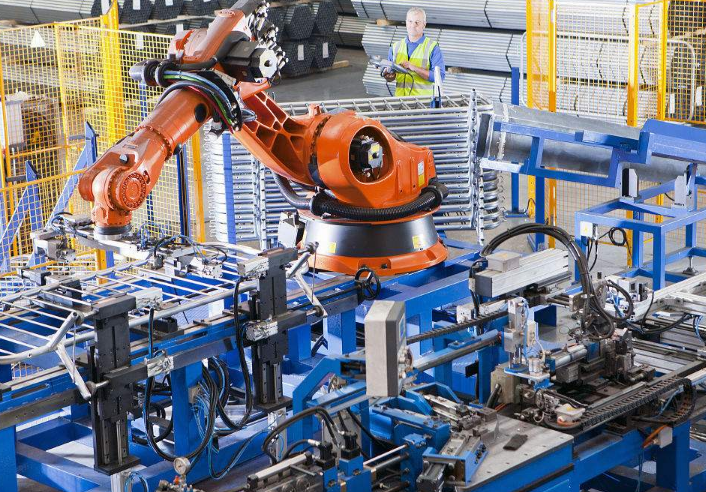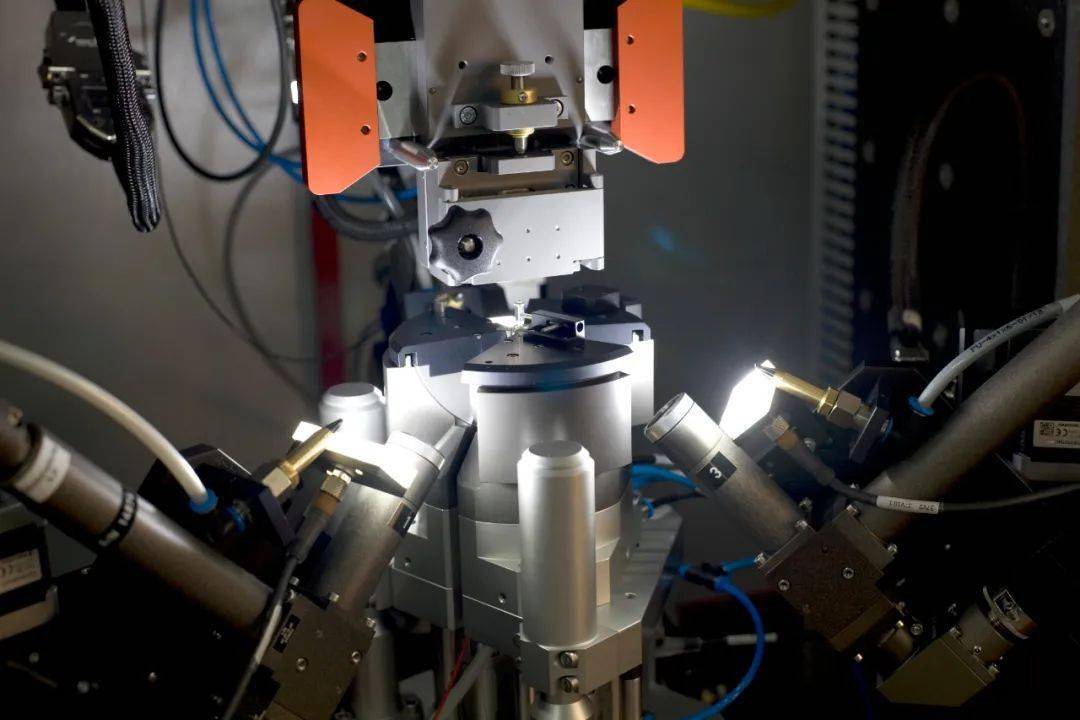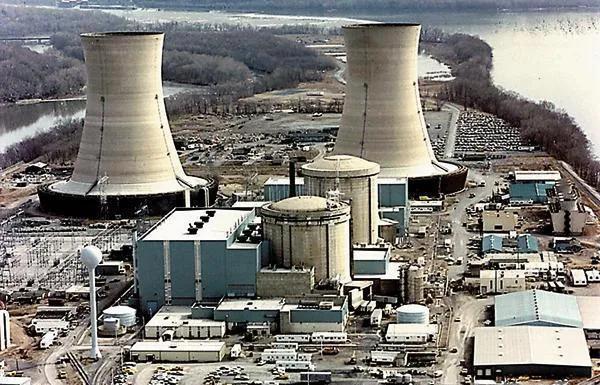| GB | JIS | UNS | W.Nr | ||||
| NA1002 | NW6022 | N06455 | 2.4819 | ||||
| Executive standard | ASTM B574, ASTM B575, ASTM B619, ASTM B622, ASTM B626, and ASTM B366;ASME SB-574, ASME SB-575, ASME SB-619, ASME SB-622, and ASME SB-626 | ||||||
| Surface: | Mill;HL;Polish;Mirror;NO.4;Pvd….. | ||||||
| Tchnology: | Solution Treatment;Annealing | ||||||
| MOQ: | 200KG | ||||||
| Payment Term: | T/T;L/C;WesternUnion;Paypal | ||||||
| Delivery Time: | 7-15days upon receipt of the deposit | ||||||
| Package: | Standard Expot Packing or As Customers Requirement | ||||||
| Processing form:
|
 |
 |
 |
 |
 |
||
Hastelloy C Material
Product Description:
Product Details:Hastelloy C coil; Hastelloy C strip
Hastelloy C plate; Hastelloy C sheets;
Hastelloy C tube; Hastelloy C pipe;
Hastelloy N flat; Hastelloy C bar
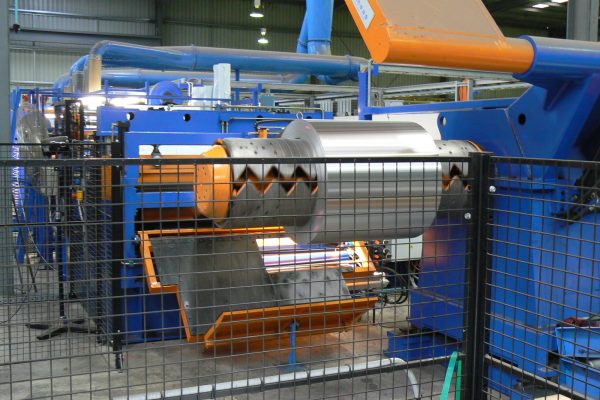
Stainless Steel Details
Chemical composition (%)
| Ni | Mo | Fe | Cr | Co | Mn | Si | C | P | S |
| 50.0-
70.0 |
12.50-
14.50 |
2.00-
6.00 |
20.00-
22.50 |
≤
2.50 |
≤
1.00 |
≤
0.08 |
≤
0.02 |
≤
0.04 |
≤
0.03 |
Mechanical Property
| T.S(Mpa)≥ | YS(Mpa)≥ | EL(%)≥ | HB≤ |
| 703 | 283 | 50 | 180 |
Chemical composition (%)
| Ni | Mo | Fe | Cr | Co | Mn | Si | C | P | S |
| 50.0-
70.0 |
12.50-
14.50 |
2.00-
6.00 |
20.00-
22.50 |
≤
2.50 |
≤
1.00 |
≤
0.08 |
≤
0.02 |
≤
0.04 |
≤
0.03 |
Mechanical Property
| T.S(Mpa)≥ | YS(Mpa)≥ | EL(%)≥ | HB≤ |
| 703 | 283 | 50 | 180 |


Stainless Steel Introduce
Hastelloy C is a nickel-chromium-molybdenum alloy that provides excellent corrosion resistance in a variety of harsh environments. It is commonly used in the chemical processing, petrochemical, and power generation industries for its high resistance to a wide range of corrosive media, including strong oxidizing agents, reducing environments, and hot contaminated solutions.
Hastelloy C also exhibits good thermal stability, making it suitable for use in high-temperature environments. Its thermal conductivity is 67 Btu·in/(hr·ft²·°F) (9.7 W/(m·K)), and its coefficient of thermal expansion is 7.7 × 10^-6 in/in/°F (13.9 × 10^-6 m/m/°C).
In addition to its excellent corrosion resistance and mechanical properties, Hastelloy C is also weldable and easily fabricated into a variety of shapes and forms. It can be cold worked, hot worked, and annealed for optimal performance.
Overall, Hastelloy C is a versatile alloy that offers exceptional performance in a wide range of harsh environments. Its combination of corrosion resistance, mechanical properties, and thermal stability make it a popular choice for demanding applications in the chemical processing, petrochemical, and power generation industries.
US Standards: AMS 5750: Standard specification for Hastelloy C steel bars and shapes; AMS 5786: Standard specification for Hastelloy C welding wire; AMS 5771: Standard specification for Hastelloy C plate, sheet, and strip; AMS 5757: Standard specification for Hastelloy C seamless pipe and tube; ASME SB 574: Standard specification for Hastelloy C forged fittings.
European Standards: EN 2.4819: Standard specification for Hastelloy C steel bars, wire, and forgings; EN 10095: Standard specification for Hastelloy C plate, sheet, and strip; EN 10216-5: Standard specification for Hastelloy C seamless steel tubes; EN 10217-5: Standard specification for Hastelloy C welded steel tubes.
Japanese Standards: JIS NW 6222: Standard specification for Hastelloy C plate, sheet, and strip; JIS NW 6022: Standard specification for Hastelloy C rods and wires; JIS NW 6220: Standard specification for Hastelloy C seamless pipes and tubes; JIS NW 6221: Standard specification for Hastelloy C welded pipes and tubes.
Chinese Standards: GB/T 15006: Standard specification for Hastelloy C bars, wires, and profiles; GB/T 15008: Standard specification for Hastelloy C plate, sheet, and strip; GB/T 15011: Standard specification for Hastelloy C seamless pipes and tubes; GB/T 15012: Standard specification for Hastelloy C welded pipes and tubes.


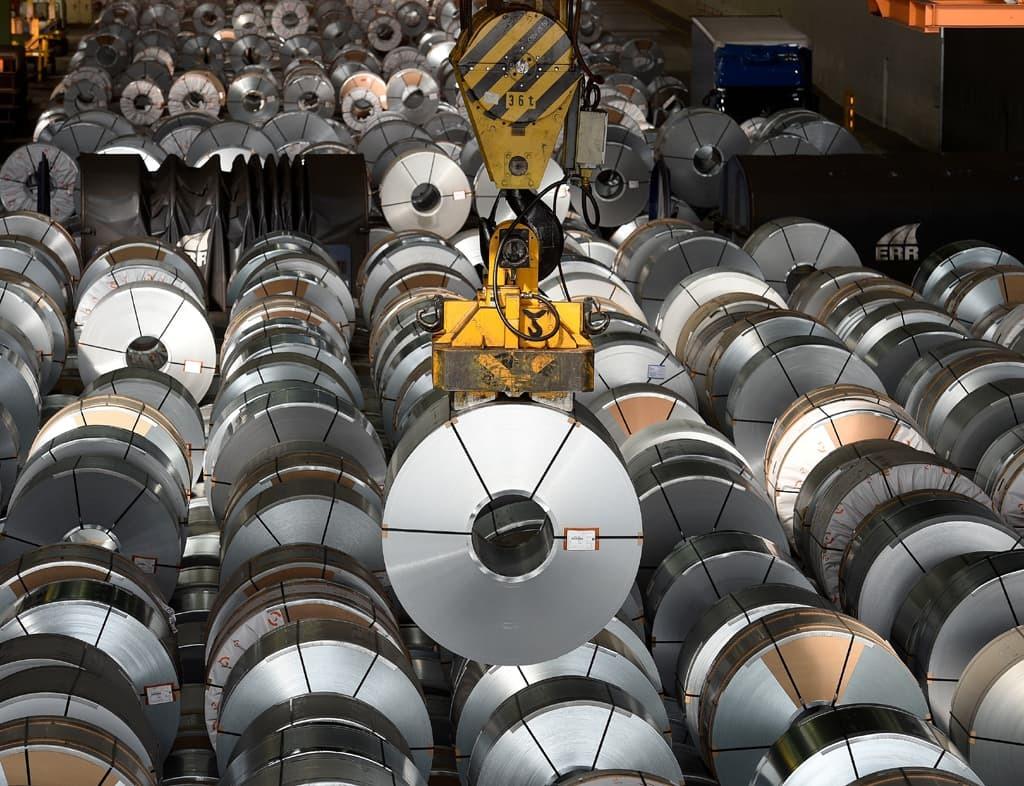


Application fields
Hastelloy C has a wide range of applications due to its excellent corrosion resistance, mechanical properties, and thermal stability. Some of the most common applications for Hastelloy C include:
Chemical processing: Hastelloy C is commonly used in the chemical processing industry for applications involving harsh acids, such as sulfuric acid, hydrochloric acid, and phosphoric acid. It is also used in chemical reactors, distillation columns, and other equipment exposed to corrosive media.
Petrochemical industry: Hastelloy C is used in the petrochemical industry for applications involving high-temperature and high-pressure environments, such as heat exchangers, reactors, and pressure vessels.
Power generation: Hastelloy C is used in power generation equipment, including boilers and steam generators, due to its high strength and corrosion resistance in high-temperature and high-pressure environments.
Pollution control: Hastelloy C is used in pollution control equipment, including scrubbers and absorbers, due to its high resistance to acidic gases and other pollutants.
Aerospace: Hastelloy C is used in aerospace applications, such as rocket motors and aircraft components, due to its high strength and thermal stability.
Marine: Hastelloy C is used in marine environments for applications involving seawater and other corrosive media.
Nuclear industry: Hastelloy C is used in the nuclear industry for applications involving nuclear fuel reprocessing and storage due to its resistance to radiation and corrosion.
Overall, Hastelloy C’s excellent corrosion resistance, mechanical properties, and thermal stability make it a versatile material that is widely used in a variety of industries and applications.
Hastelloy C has a wide range of applications due to its excellent corrosion resistance, mechanical properties, and thermal stability. Some of the most common applications for Hastelloy C include:
Chemical processing: Hastelloy C is commonly used in the chemical processing industry for applications involving harsh acids, such as sulfuric acid, hydrochloric acid, and phosphoric acid. It is also used in chemical reactors, distillation columns, and other equipment exposed to corrosive media.
Petrochemical industry: Hastelloy C is used in the petrochemical industry for applications involving high-temperature and high-pressure environments, such as heat exchangers, reactors, and pressure vessels.
Power generation: Hastelloy C is used in power generation equipment, including boilers and steam generators, due to its high strength and corrosion resistance in high-temperature and high-pressure environments.
Pollution control: Hastelloy C is used in pollution control equipment, including scrubbers and absorbers, due to its high resistance to acidic gases and other pollutants.
Aerospace: Hastelloy C is used in aerospace applications, such as rocket motors and aircraft components, due to its high strength and thermal stability.
Marine: Hastelloy C is used in marine environments for applications involving seawater and other corrosive media.
Nuclear industry: Hastelloy C is used in the nuclear industry for applications involving nuclear fuel reprocessing and storage due to its resistance to radiation and corrosion.
Overall, Hastelloy C’s excellent corrosion resistance, mechanical properties, and thermal stability make it a versatile material that is widely used in a variety of industries and applications.
